Tomato
Tomatoes are the most widely cultivated crop in the world and are considered one of the most important vegetable crops, both in terms of income and nutrition
After potatoes, tomatoes are the second most important vegetable crop. They are a fast-growing crop, with a growth period ranging from 90 to150 days.
While tomatoes can be grown in a variety of soils, they prefer well-drained, light loam soil with a pH between 5 and 7. The crop is highly sensitive to frost.


The Role of Elements
Potassium (K)
- Produces seedlings with strong roots and robust vegetative growth for open-field cultivation.
- Has an important role in increasing vegetative and root growth.
- It is important for increasing production and improving the quality of fruits.
- Improves fruit coloring and hardness.
- Increases flowering fruit set and reduces fruit drop.
- Enhances the efficiency of plant absorption of water and nutrients.
- Boosts resistance of tomato plants to fungal and insect diseases.
- Improves plant resistance to environmental stress factors (high temperature - frost - drought - salinity).
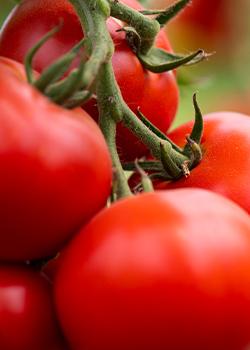
Phosphorus (P)
- Activates growth and root distribution.
- Plays a vital role in enhancing vegetative growth.
- It helps in seed germination during nursery stages and supports the development and growth of seedlings.
- Improves flowering, boosts pollination, and increases the rate of fertilization.
- Enhances growth and root distribution, especially during the early stages of seedlings in the open field.
- Produces high-quality fruits with good export specifications.
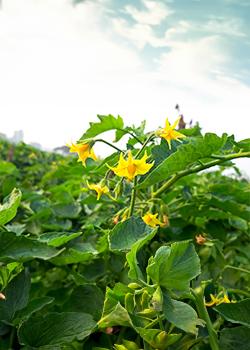
Calcium (Ca)
- Stimulates meristem tissue in shoot tips.
- Promotes root and vegetative growth.
- Activate flowering, pollination, and fertilization.
- Increases fruit set percentage and reduces the fruit drop.
- Enhances plant resistance to physiological disorders such as blossom end rot.
- Raise plant resistance to fungal and bacterial diseases
- Improves the storage ability of fruits.
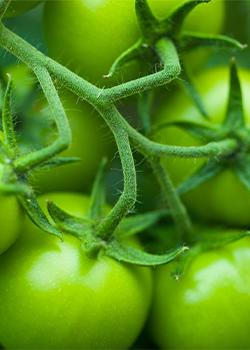
Deficiency Symptoms
Potassium (K)
- Low total soluble solids (T.S.S.), softness of fruits, and reduced vitamin C content.
- Reduced yield and fruit quality, including weight, size, and color.
- Exposure of fruits to loss and damage during transportation and handling.
- Reduced plant resistance to unfavorable environmental conditions.
- Reduces fruit set and productivity and increases fruit drop.
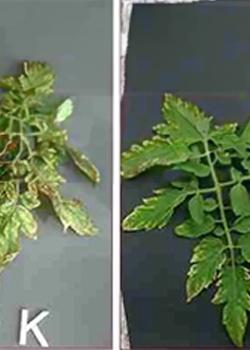
Phosphorus (P)
- Low vegetative and root growth and exposed plants to fungal diseases.
- In the case of severe shortage, reduce the size of leaves, and the surface color of the top of the leaves is bluish green, and the color of the bottom surface of the paper, including veins of violet color, is a result of the accumulation of anthocyanin.
- Low flowering percentage, fruit set, and low yield.
- Low quality of fruits.
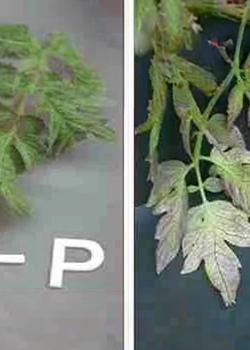
Calcium (Ca)
- Blossom end rot.
- Failure of pollination and fertilization.
- Poor yield and quality of marketable fruits.
- Drying of shoot tips on branches and roots.
- Drying of the edges of young leaves, followed by twisting and brittleness.
- Lack of efficient work of plant hormones.

